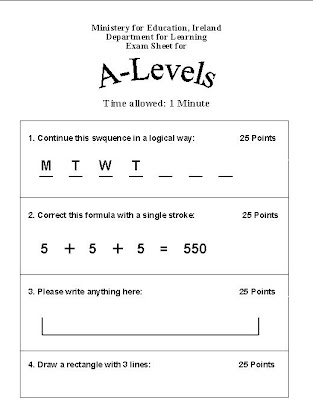Monday, December 7, 2009
In the future, the battle between 64 bit vs 32 bit processors will inevitably yield the 64 bit processor as the victor, but this transition is going to take some time.
First, I’ll talk about the pure mathematics and structure of the processors that are involved here. I’ll keep this part short and sweet.
A bit is short for “binary digit.” It is basically how a computer stores and makes references to data, memory, etc. A bit can have a value of 1 or 0, that’s it. So binary code is streams of 1’s and 0’s, such as this random sequence 100100100111. These bits are also how your processor does calculations. By using 32 bits your processor can represent numbers from 0 to 4,294,967,295 while a 64-bit machine can represent numbers from 0 to 18,446,744,073,709,551,615. Obviously this means your computer can do math with larger numbers, and be more efficient with smaller numbers.
Now see, that description wasn’t too bad, but the question is how does this affect you, the average PC owner? The largest benefit will go to academic institutions and private companies, where large calculations are being performed, huge databases are being accessed, and complex problems are being solved.
Everyone that doesn’t fall into that category will see some benefit of using 64 bit processors over 32 bit processors, but not much in today’s marketplace. The AMD Athlon 64-bit processor is completely backward compatible, meaning you can currently use it with 32-bit operating systems and software programs. You will see some benefits by using this setup, but because the programs weren’t written to take advantage of the extra power, they won’t use much of it.
The true benefits of this set up don’t come from the amount of bits, but by the improved structure of the 64 bit vs 32 bit processor's older structure. A 64-bit processor is made with more advanced silicon processes, have more transistors, and faster speeds. This is currently where the true benefit of switching to a 64-bit processor lays.
As for 64-bit operating systems and software, many are in the works, but nothing is in final version. Microsoft has released a beta version of Windows XP that takes advantage of the 64 bit technology, but there are still issues. The problem is when you run 32-bit software programs in the environment of a 64-bit operating system. Many programs won’t work properly, such as Adobe Acrobat and Windows Media Player, for example. Another issue is RAM. You really need about 4 GB of RAM to take full advantage of the capabilities offered by a 64-bit processor, while most PC owners have less than 1 GB under their computer’s hood.
So, the question now is should you buy a 64 bit processor now, or wait?
Disadvantages:
You’re currently not able to take full advantage of the technology because the software vendors haven’t made the switch from 32-bit to 64-bit processors.
Most AMD Athlon 64 bit processors are expensive, with prices sure to go down in the future.
Advantages:
Better performance out of a 32-bit operating system.
Probably the last processor you’ll have to buy for many years to come.




















